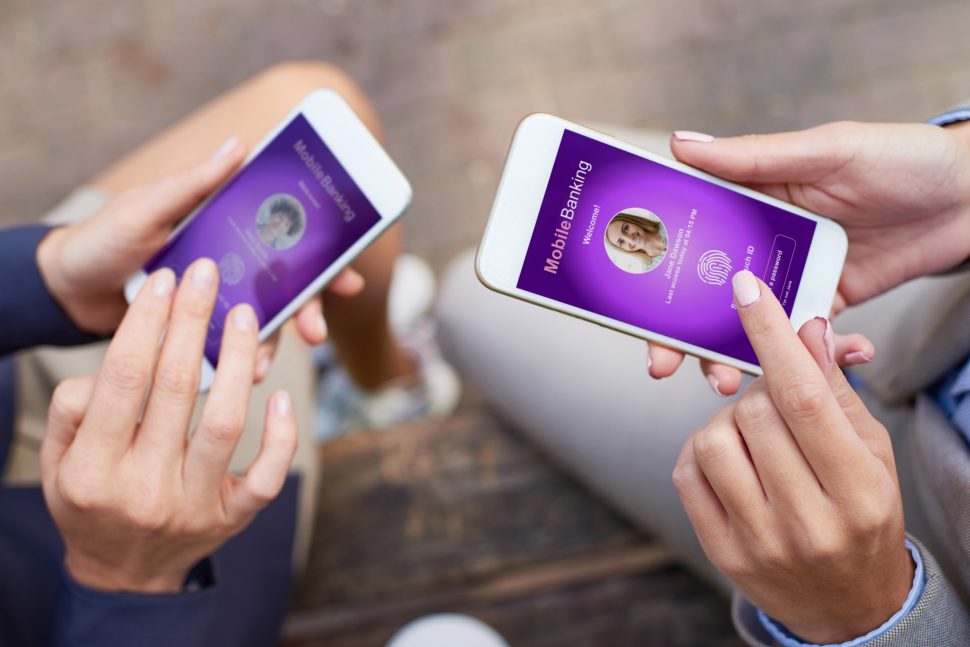
The top business strategy driving supply chain leaders
Read how Supply Chain Leaders across various industries are focusing on digital to drive business growth in this time of continuous change.
Latest insights

Read how Supply Chain Leaders across various industries are focusing on digital to drive business growth in this time of continuous change.

Australia Post’s Digital iD has been integrated with DocuSign – making it simpler for customers to access services that need signatures in one step on their smartphone.

From live-streaming story-time to posting items to library members, learn how libraries plan to keep adapting to the digital, on-demand age.

Fraud rises in times of disruption. Learn more about what you can do to help keep your organisation and citizens safer.

Australians have quickly embraced ‘tap and go’ payments in bricks and mortar stores but our payment future could be cardless – not just cashless.

The next generation of bill payers expect to make cashless payment transactions via their mobile phones. Here’s how billers can get ready.

Biometrics are becoming a significant part of our everyday lives from getting our identity verified to making financial transactions.

Alipay has been on-boarded onto AlphaCommerceHub to unlock eCommerce growth and create a frictionless payments experience for Australian vendors and their customers.

Australia Post's response to the challenges of disruption has been to become one of the biggest digital agencies you've never heard of.
Talk to us about taking your business forward